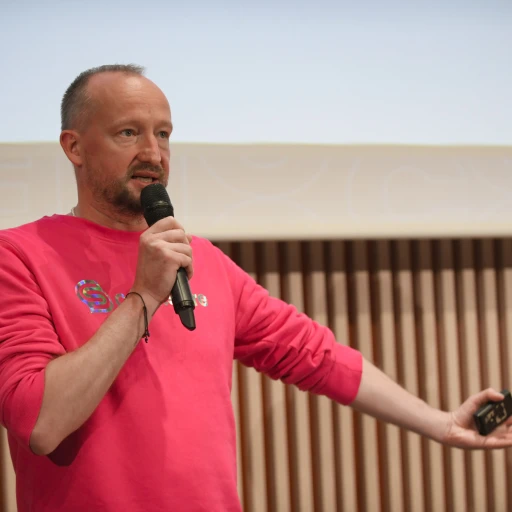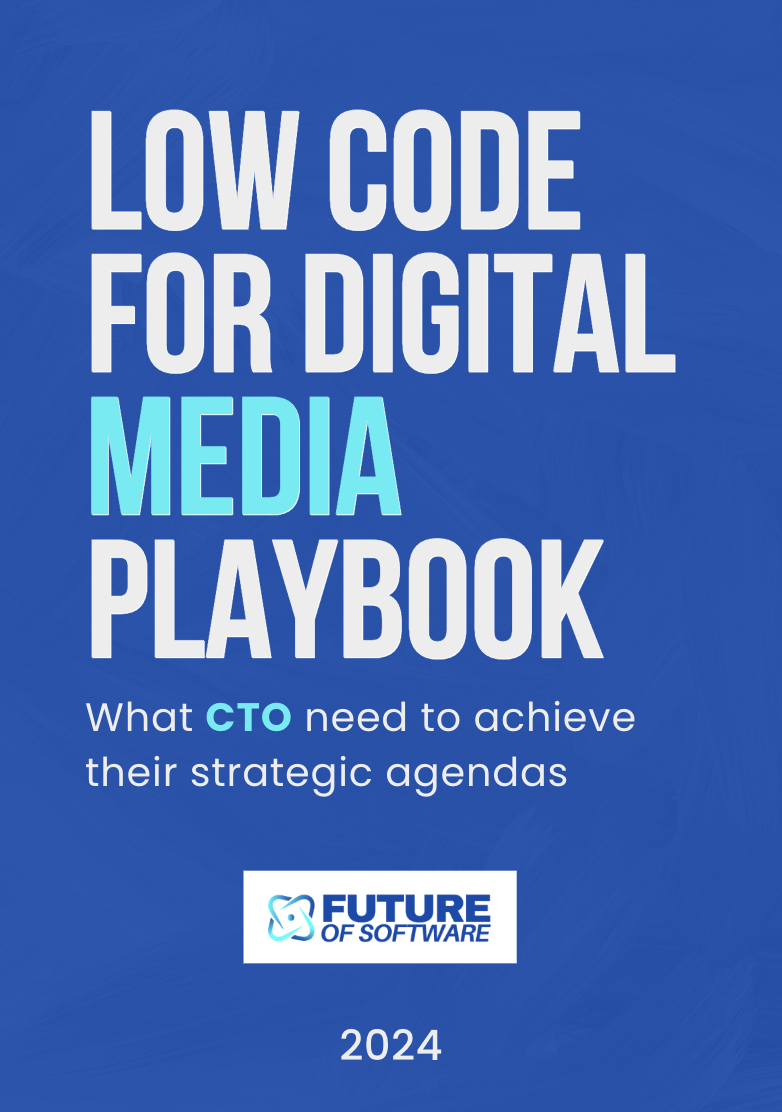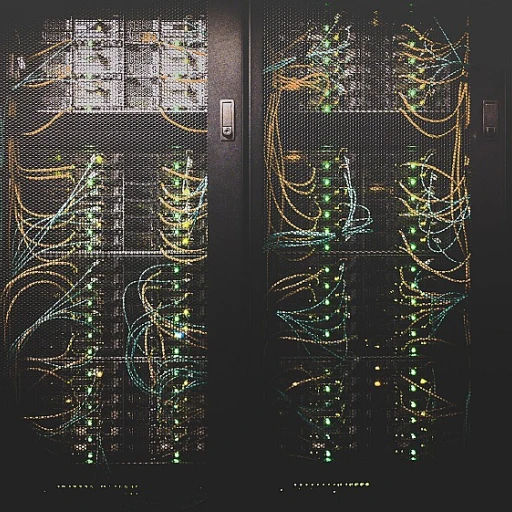
Understanding the vision of a connected America
Envisioning a Seamlessly Connected Nation
Across the United States, the drive toward a fully connected America is gaining momentum. This vision is not just about faster internet or more mobile devices—it’s about transforming how people, businesses, and public sector organizations interact with technology. With major investments in broadband infrastructure, including fiber expansion and new wireless networks, connectivity is reaching communities that were previously underserved. The Oklahoma broadband office, for example, is one of many public initiatives working to close the digital divide and bring high-speed internet to rural areas.
Events like the Connected America convention center gathering in Dallas, Texas, highlight the collaboration between industry leaders, policymakers, and technology providers. These events offer networking opportunities and a platform to discuss regulation investment, technology regulation, and the future of digital policy. The goal is to ensure that every American can participate in the digital economy, from students in remote towns to entrepreneurs in bustling cities.
As connectivity becomes more widespread, the volume of data generated and exchanged grows exponentially. This shift is shaping the future of software, demanding new solutions for managing, analyzing, and securing information. The march toward a connected America is also creating opportunities for innovation in areas like smart infrastructure, artificial intelligence, and privacy policy. For those interested in how plug-and-play technology is evolving to support this vision, you can find more insights in our article on the evolution of plug-and-play battery systems.
Ultimately, the connected America event is more than a single moment—it’s an ongoing movement. As technology and policy continue to evolve, staying informed through resources like industry newsletters and expert insights will be essential for anyone looking to understand or shape the future of connectivity in the United States.
The impact of widespread connectivity on software development
How connectivity is transforming software creation
The march toward a more connected America is fundamentally changing the way software is developed and delivered. As broadband and fiber networks expand across the United States, from major cities like Dallas, Texas to rural communities supported by initiatives such as the Oklahoma Broadband Office, the opportunities for software professionals are multiplying. This shift is not just about faster internet speeds; it’s about creating a digital environment where data flows freely and technology adapts to the needs of a hyper-connected society.New demands on software architecture
With the rise of mobile devices and the proliferation of smart infrastructure, software must now be designed to operate seamlessly across a variety of networks and platforms. Developers are tasked with building solutions that can handle massive amounts of data generated by connected devices, while ensuring reliability and low latency. The future of connectivity means that applications must be robust, scalable, and secure, especially as public sector organizations and private companies alike rely on digital tools to deliver services and engage with citizens.- Real-time data processing is becoming essential for applications in healthcare, transportation, and energy.
- Cloud-native development and edge computing are gaining traction as ways to manage distributed data and improve performance.
- Software teams are collaborating more closely with network engineers to optimize for broadband and fiber infrastructure.
Industry events and collaboration
Industry leaders are gathering at events like the Connected America convention center in Irving to share insights and explore the latest technology trends. These events offer valuable networking opportunities for software professionals, policymakers, and investors who are shaping the future of the digital economy. Discussions often focus on regulation investment, technology regulation, and how to foster innovation while protecting privacy and security.Opportunities and challenges ahead
The expansion of connectivity brings both opportunities and obstacles. On one hand, there is a growing demand for solutions that can connect people, businesses, and public sector services in new ways. On the other, developers must navigate complex privacy policy requirements and evolving regulations. Staying informed through resources like newsletter subscribe options and industry publications is crucial for keeping pace with the rapid changes in technology and policy. For a deeper look at how artificial intelligence is unlocking new possibilities in connected environments, see this article on AI-powered smart homes.Smart infrastructure and its software backbone
Building the Digital Backbone: Software for Smart Infrastructure
As the United States accelerates its investment in broadband and fiber, the foundation for a truly connected America is being laid. This digital infrastructure is not just about faster internet; it is the backbone that enables smart cities, intelligent transportation, and responsive public services. At the heart of these advancements lies a new generation of software, designed to manage, analyze, and secure vast flows of data across networks that span from rural Oklahoma to the bustling streets of Dallas, Texas. Smart infrastructure relies on seamless connectivity. With broadband offices and public sector initiatives driving expansion, software solutions must be robust enough to handle real-time data from millions of connected devices. These systems support everything from energy grids to emergency response, requiring high reliability and adaptability. The shift to mobile and cloud-based platforms further increases the demand for scalable, secure, and interoperable applications. Industry leaders and policymakers are gathering at events like the Connected America convention center in Irving to discuss how technology regulation and investment will shape the future of digital infrastructure. Their insights highlight the need for software that not only connects but also protects. Privacy policy and security are top priorities, as the digital economy grows more complex and interconnected. For software professionals, these developments present both opportunities and challenges. Networking opportunities at America events and through newsletter subscribe options offer ways to stay close to the latest trends and solutions. As the nation moves toward future connectivity, the role of software in shaping smart infrastructure will only grow in importance. For more on how emerging technologies are influencing human-computer interaction in these environments, explore this in-depth analysis of human-computer interaction trends.- Broadband and fiber expansion enable smart infrastructure across urban and rural areas
- Software solutions must manage real-time data and ensure network reliability
- Events and policy discussions drive innovation and address regulation investment needs
- Security and privacy remain central as the digital economy evolves
Privacy and security challenges in a hyper-connected society
Balancing Connectivity with Data Protection
As America moves closer to a fully connected society, the sheer volume of data generated by broadband, fiber, and mobile networks is staggering. Every event, from daily commutes to major conventions at places like the Irving Convention Center, adds to the digital footprint. This growth in connectivity brings new opportunities for software innovation, but it also raises serious questions about privacy and security.Challenges Facing the Digital Economy
The expansion of the digital economy relies on robust networks and seamless data flows. However, with more devices and systems connected, vulnerabilities multiply. Industry leaders and public sector organizations must address these risks to maintain trust. Regulation investment and technology regulation are becoming central topics at events like Connected America, where policy makers and technology experts discuss solutions for safeguarding personal and organizational data.- Increasing attack surfaces as more devices connect to broadband and fiber networks
- Complexity in managing privacy policy compliance across state and federal levels
- Need for advanced encryption and authentication in smart infrastructure
Insights from Networking Opportunities
Networking opportunities at America connected events, such as those in Dallas Texas, provide valuable insights into emerging security strategies. The Oklahoma Broadband Office and other public sector bodies are collaborating with private industry to set standards for data protection. These efforts are crucial for shaping the future of software in a way that balances innovation with the rights of individuals.Adapting to Evolving Regulation
As the United States continues its march toward future connectivity, software professionals must stay close to evolving technology regulation. Subscribing to industry newsletters and attending major events can help keep professionals updated on the latest policy changes and best practices. The goal is to ensure that the benefits of a connected America are realized without compromising the privacy and security of its citizens.The role of artificial intelligence in connected environments
AI as the Engine of Connected Environments
Artificial intelligence is rapidly becoming the driving force behind the digital transformation of America. As broadband and fiber networks expand, AI-powered solutions are being integrated into every layer of connectivity, from mobile applications to smart infrastructure. This evolution is not just about faster data transfer; it is about enabling real-time insights, automation, and decision-making at scale.
Enhancing Everyday Life and Industry
AI technologies are already shaping the future of connected America by powering smart cities, optimizing energy usage, and improving public sector services. For example, AI-driven traffic management systems can analyze data from connected sensors to reduce congestion and improve safety. In the digital economy, businesses leverage AI to personalize customer experiences and streamline operations, creating new opportunities for growth and efficiency.
- Smart infrastructure: AI enables predictive maintenance and resource allocation, reducing downtime and operational costs.
- Healthcare: Connected devices and AI algorithms support remote monitoring, diagnostics, and personalized care.
- Public sector: Governments use AI to enhance service delivery and optimize policy decisions based on real-time data.
Challenges in Regulation and Policy
As AI becomes more embedded in connected environments, the need for clear technology regulation and robust privacy policy grows. Industry leaders and policymakers must address concerns about data security, algorithmic bias, and transparency. Events like the Connected America convention center gatherings in Dallas, Texas, and Irving convention venues provide networking opportunities for stakeholders to discuss solutions and share insights on future connectivity.
Preparing for the Future
AI’s role in shaping the future of software is closely tied to ongoing investment in broadband infrastructure and the work of organizations like the Oklahoma Broadband Office. As America moves closer to universal connectivity, software professionals must stay informed about the latest developments by subscribing to industry newsletters and attending key events. The march toward a fully connected America will depend on collaboration between the public sector, technology providers, and regulatory bodies to ensure that AI-driven solutions are ethical, secure, and accessible to all.
Opportunities and obstacles for software professionals
New career paths and skills in a digital-first landscape
The march toward a more connected America is opening up fresh opportunities for software professionals. As broadband and fiber networks expand across the United States, demand is rising for experts who can build, maintain, and secure the digital infrastructure. Whether it’s developing mobile solutions for smart infrastructure or creating robust privacy policy frameworks, the need for specialized skills is growing.- Network and infrastructure software: With more public sector investment in broadband, professionals who understand the technical and regulatory aspects of connectivity are in high demand.
- Data security and privacy: As discussed earlier, the explosion of data from connected devices means software engineers must stay ahead of evolving privacy and technology regulation.
- AI and automation: The integration of artificial intelligence into connected environments is creating roles focused on machine learning, data analysis, and ethical AI design.
Challenges for the software industry
While the opportunities are significant, there are also obstacles. Regulation investment and technology regulation can create uncertainty for developers and companies. Navigating the patchwork of policies from state broadband offices, such as the oklahoma broadband initiative, requires both technical and legal expertise. Additionally, the rapid pace of innovation means professionals must continually update their knowledge through events, networking opportunities, and industry newsletters.- Keeping up with policy: Software teams must stay informed about changes in digital economy regulations, especially those impacting privacy and data handling.
- Adapting to new technologies: The shift to fiber and advanced mobile networks requires ongoing training and adaptation.
- Collaboration: Industry leaders, public sector partners, and technology providers must work closely to deliver solutions that are secure, scalable, and inclusive.















